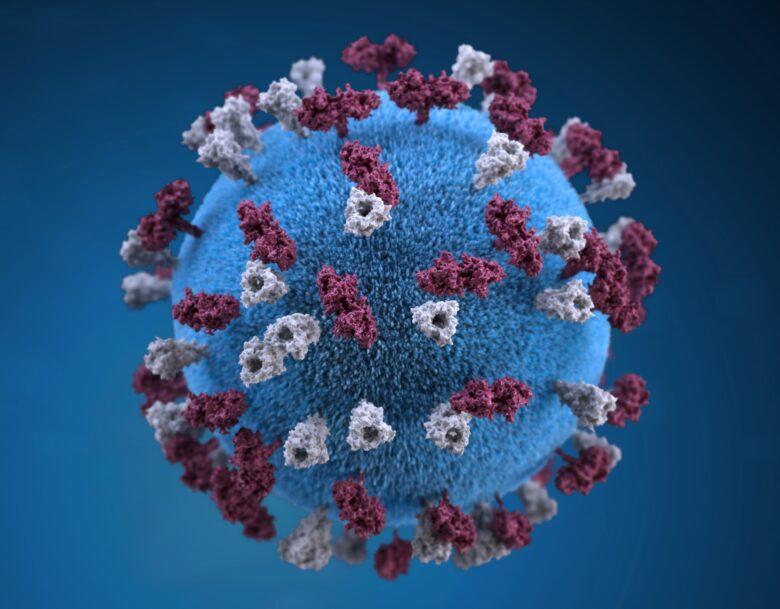As the worldwide thermostat steadily rises, a frozen frontier in the remote corners of our planet begins to unfreeze, possibly releasing ancient embodied specters within. This climatic twist is paving the way for the potential resurgence of pathogens, lethargically lying within the permafrost of the Arctic region.
Think of permafrost as nature’s cryogenic chamber; stiff layers of frozen terra firma that blanket regions such as Siberia, Greenland, and Alaska. This perpetual frost conserves an array of microbes, dormant for extensive spans, potentially breaching the time barrier back to life under congenial climatic conditions.
Underpinning this hypothesis is Claverie’s innovative work, wherein he brought to life so-called ‘zombie’ viruses from permafrost samples in 2014 and 2015. Claverie’s team later unveiled five ancient viral families capable of infecting amoebas.
Using Claverie’s research as their launchpad, Corey Bradshaw, director of the Global Ecology Laboratory at Flinders University, Australia, and Giovanni Strona, a senior researcher at the European Commission’s Joint Research Centre, constructed a simulation to assess the possible outcomes of these pathogens. Lighting the path in understanding the risks of these yet-unknown variables, their study offers a foundation to evaluate the dangers from these hibernating biological invaders from a bygone era.
The tread in these studies seems to echo a dire warning — as Earth’s temperature continues its upward trajectory, abrupt thaws will be an increasingly common sight. Footage from drones captured the immense sinkhole of Siberia, the world’s largest permafrost crater, as subsurface ice gradually metamorphosed into liquid owing to record-shattering July temperatures.
Despite a robust experimental design using software called Avida to simulate ecosystem invasion by pathogens, their findings suggest that an abrupt, catastrophic pandemic is unlikely. However, it does add a fresh dimension of concern to the existing portfolio of global warming risks.
The study divulges that despite 1% of the pathogens causing a significant wave of disruption, we need to consider the monumental quantities of cells being released annually – approximately 4 sextillions. The number defies human imagination, heavily outperforming the number of stars twinkling in the sky.
When the viruses infiltrated the bacterial ecosystem, killing their hosts, an ecological tornado was unleashed. Surviving species were coerced into a survival-of-the-fittest race to secure the remaining resources. The disrupted equilibrium led to intense competitions, ultimately culling overpopulations and reducing prey populations.
The resistant action against these tremors of ecological disasters must start at the root — with the reduction or cessation of carbon emissions. If unchecked, the after-effects will cascade, turning once speculative dystopias into irrefutable realities, suggested the study authors.
Nevertheless, as Dr. Kimberley Miner opines, there is no need to press the panic button just yet. While researchers continue to grapple with various dimensions of the climate crisis, miner believes that managing carbon emissions are more immediate and controllable responses.
While questions linger and more research will be necessary, these studies undoubtedly offer a stepping stone, forcing us to consider the not-so-realistic disaster scenarios we could face if decisive steps are not taken and if we continue to interfere with Earth’s natural equilibrium.












